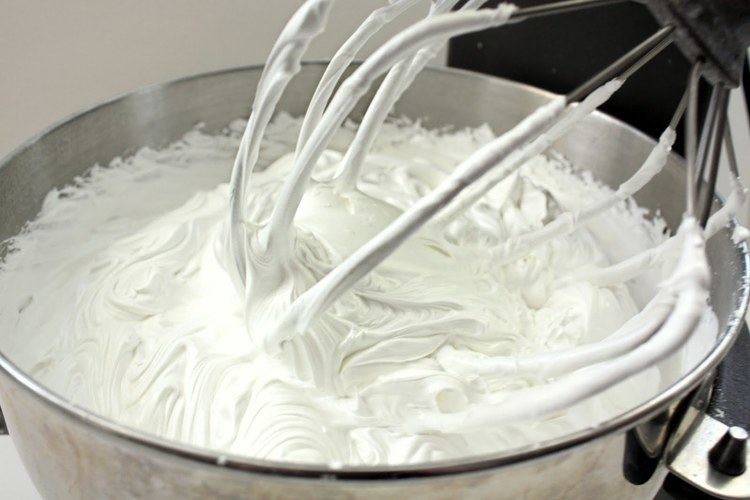Type Icing | ||
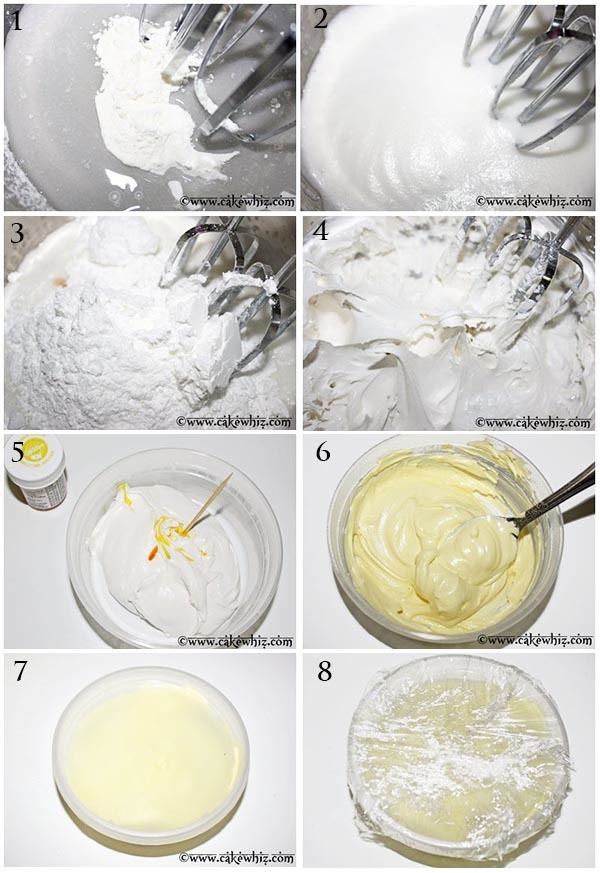 | ||
Similar Icing, Fondant icing, Gingerbread house, Sugar cookie, Cake decorating | ||
How to make royal icing plus coloring and consistency adjustments
Royal icing is a hard white icing, made from softly beaten egg whites, icing sugar (powdered sugar), and sometimes lemon or lime juice. It is used to decorate Christmas cakes, wedding cakes, gingerbread houses and many other cakes and cookies. It is used either as a smooth covering or in sharp peaks. Glycerine is often added to prevent the icing from setting too hard. When placing icing on cakes, Marzipan is usually used under the royal icing in order to prevent discoloration of the icing.
Contents
- How to make royal icing plus coloring and consistency adjustments
- Royal icing recipe demonstration joyofbaking com
- Health risk
- References
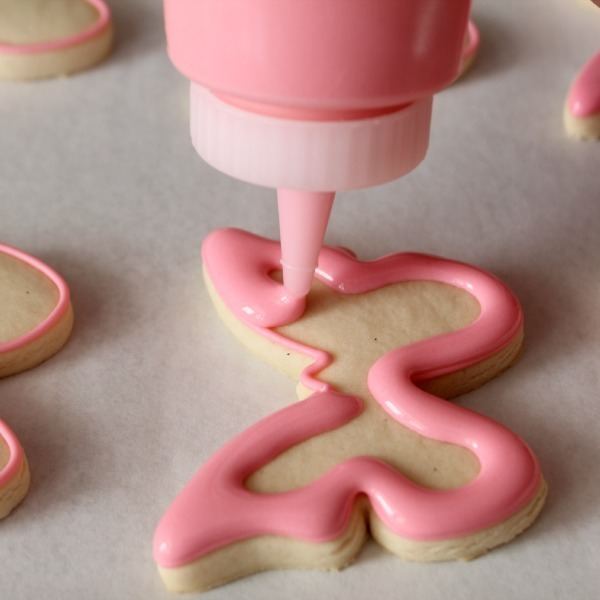
Usual proportions are 2 egg whites to 1 teaspoon of lemon juice, 1 teaspoon of glycerine, and around 1 pound of sugar depending on the application.
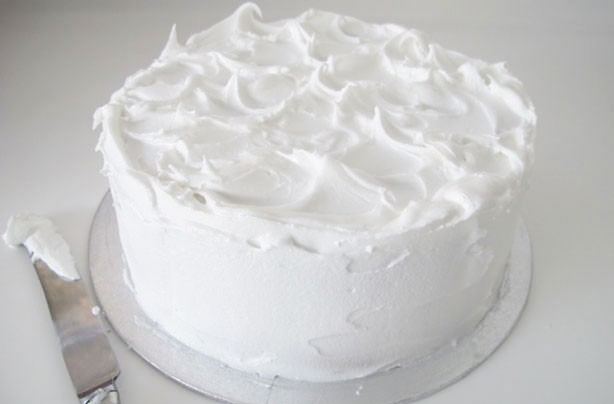
As well as coating cakes and biscuits, royal icing is used to make decorations such as flowers and figures for putting on the cake. The Royal Icing is piped into shapes which are allowed to harden on a non-stick surface. These can then be arranged to create edible decorative effects on a variety of sweet foods. The Glycerine must be omitted for this purpose. Royal Icing is often used to create snow scenes but is also used as an edible adhesive - particularly for gingerbread houses.
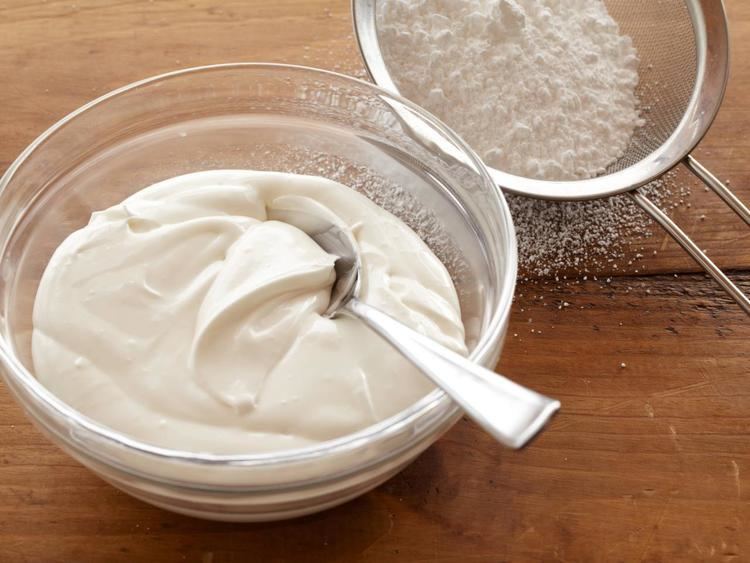
Royal icing recipe demonstration joyofbaking com
Health risk

Royal icing is traditionally prepared with fresh egg whites. Although highly unlikely, there is a very small chance of salmonella poisoning from improperly stored and handled eggs. Particularly in the United States where this concern is taken more seriously by public health officials, meringue powder or ready-to-use, pasteurized, refrigerated egg whites (wet eggs) can be used with similar results.
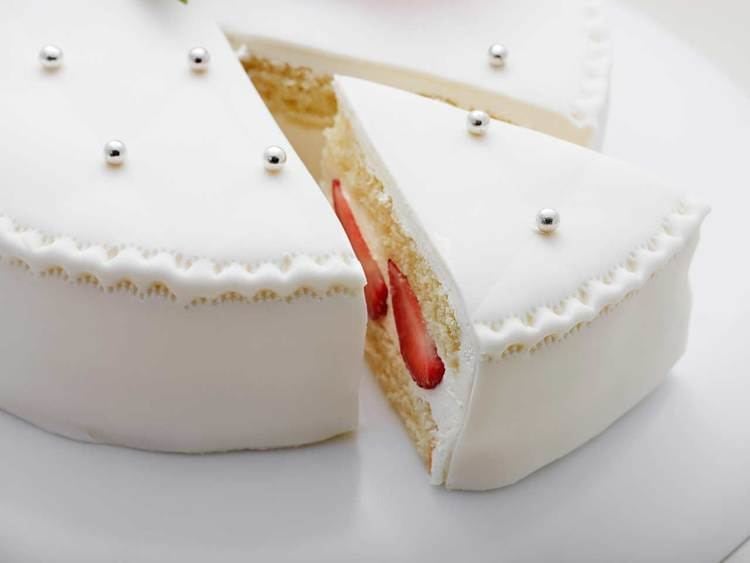
Of increasing concern in the western world is a rise in nut allergies; as royal icing is often used together with marzipan to decorate cakes, it is becoming increasingly common for these to be substituted with fondant.
